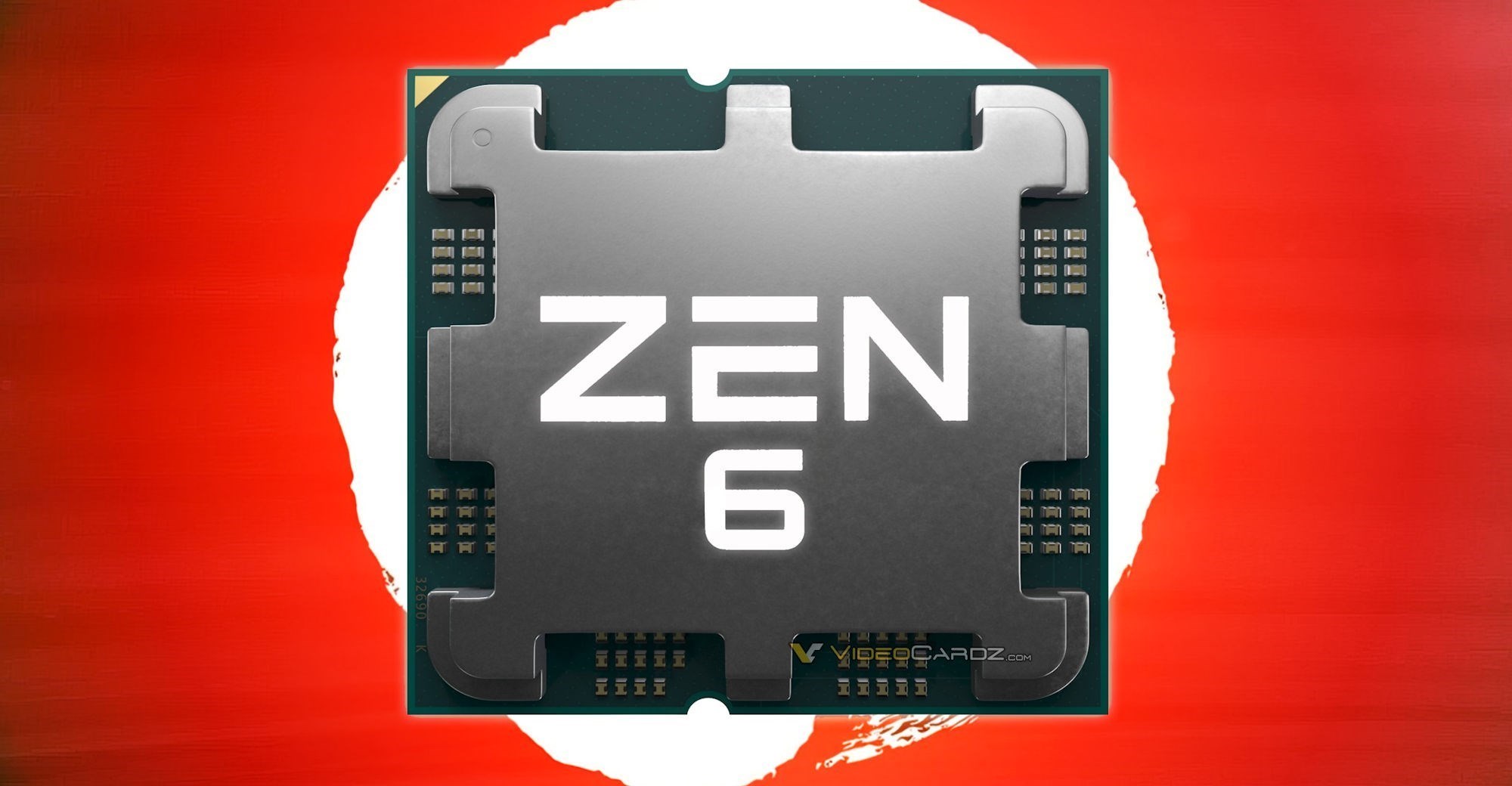
See Full Size
TSMC N3E claim for Zen 6
TSMC’s N3E manufacturing process compared to the current N5 process 20 percent speed increase, more than 30 percent energy savings and offers an approximately 60 percent increase in logical density. These improvements are made possible by using the EUV double patterning technique in this process. TSMC N4P, used in existing Zen 5 processor cores, offers limited improvements compared to N5.
If AMD wants to maintain its leadership in the processor field with Zen 6, switching to TSMC’s advanced N3E production process would be the best choice. On the other hand, another remarkable innovation is I/O It is claimed that it will be on the chips. AMD uses these chips instead of the current 6nm manufacturing process. 4nm N4C evaluates production in the process. This transition could enable remarkable innovations, especially in desktop processors. For example, advantages such as a more advanced integrated GPU (possibly RDNA 3.5 architecture), more powerful integrated NPU or DDR5 memory controllers optimized for CUDIMMs reaching higher speeds can be achieved.
As is known, AMD will continue with the AM5 socket in the next processor generation. Therefore, no updates are foreseen on the PCIe front. This platform enables cIOD to offer 28 PCIe Gen 5 lanes. However, an update can be made to the USB interface of the processor and USB4 support can be added thanks to an on-die controller. AMD’s Zen 6-based processors are expected to be released at the end of 2026.
This news our mobile application Download using
You can read it whenever you want (even offline):




